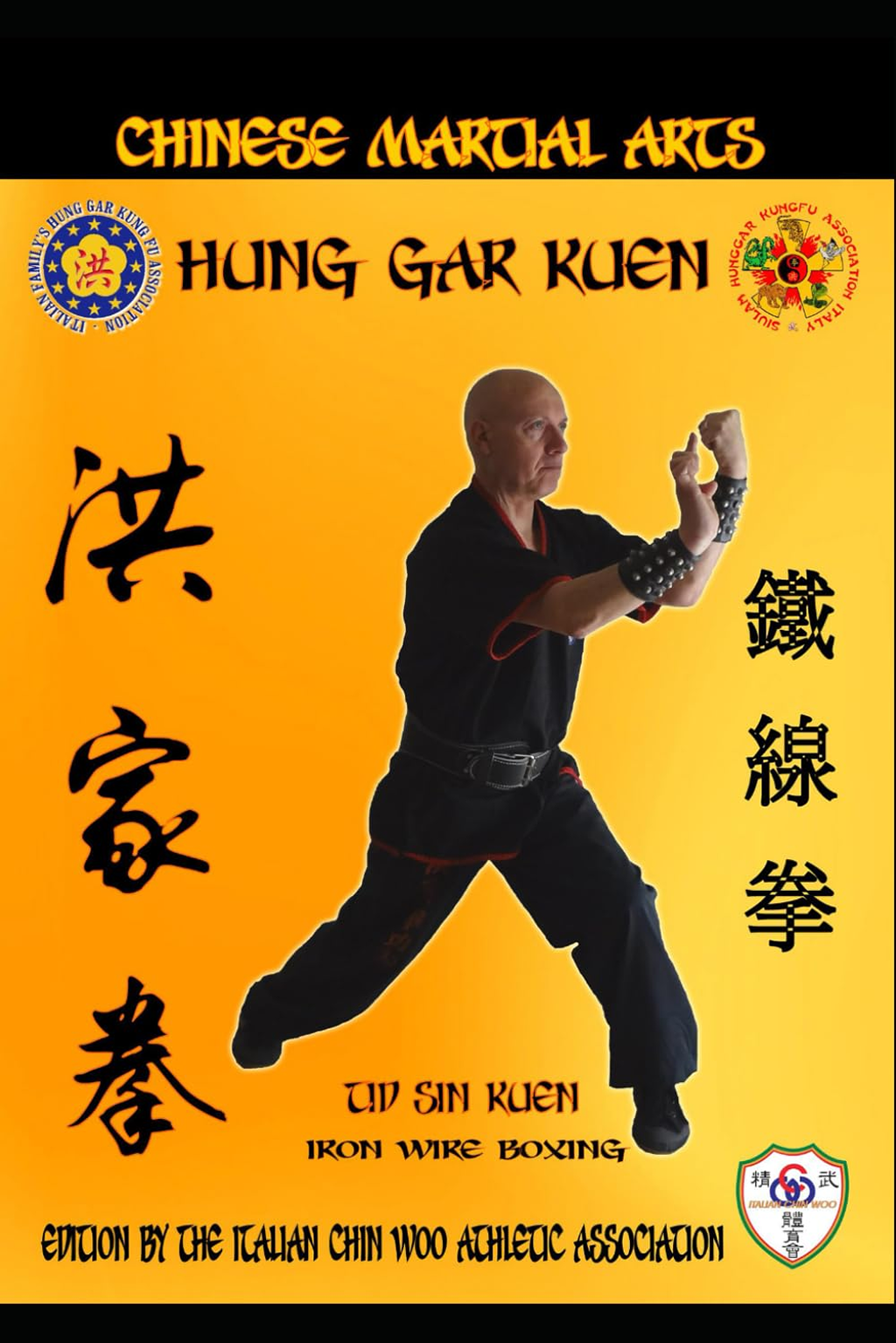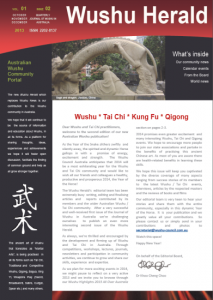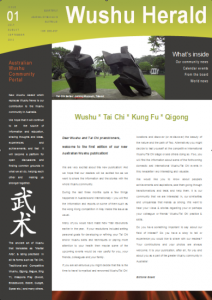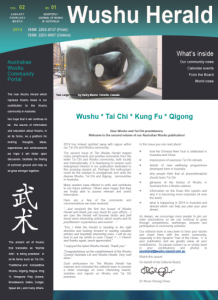Tid Sin Kuen – Iron Wire Boxing
by Giuseppe Cucci (Book 11 of 11: Hung Gar Kuen), Independently published (23 February 2025)
The initial reaction upon encountering this name might be to consider it “an unusual translation.” However, once the effects and objectives of this unique form of original punch are comprehended, everything becomes clear. The functional outcomes on the body through regular practice are characterized by being “hard on the surface and flexible on the inside.” Similar to many styles of southern Siu Kuen, this form traces its origins back to Gee Sin Sim See. Indeed, in the southern temple of Sulam, practitioners were not solely focused on training hard styles but also dedicated efforts to internal development. Some techniques that the monks practiced were designed to achieve a “body as hard as rock.” This particular system is designed to channel “Wei Geng” energy to the body’s surface, complemented by specialized breathing techniques known as the “16 sounds” and the expression of emotions, which can effectively bolster energy in certain areas of the body. Within the Soulem system, the concept of a “hard body like a rock” was primarily employed to channel specific energy to the arms and legs. The primary objective of this system was the training and display of energy transformation, referred to as “ging,” and the enhancement of health. By health, we refer to the utilization of the “Wei Qi” defensive energy function.
A prominent student of Gee Sin Sim See, Kwok Yan Sim See, was highly specialized in these techniques. According to various Chinese written sources, Kwok Yan was recognized as a master of Hung Gar Kuen. However, it was not Kwok Yan who gained widespread fame but rather his student, Leung Kwan (Liang Kun). The talented young Kwan mastered the “hard body like a rock” technique, which endowed him with extraordinary “ging” power, resulting in a remarkably resilient physique, with steadfast stances and arms as strong as iron.
The physical results achieved through the practice of this martial art have consequently presented numerous challenges, earning it the name “Tid Kiu Saam” or “three iron bridges.” Many renowned fighters have faced these challenges and subsequently expressed a desire to learn this system of “iron wire boxing.” However, this knowledge has been passed down to only a select few, comprising dedicated students and true friends.
The version of this martial art as practiced today differs from the version of Wong Fei Hung and that of Tid Kiu Sam in that it includes four additional sections and places a greater emphasis on expressions and emotions. Even in terms of auditory elements, the Tid Kiu Sam version exhibits more variations. Nonetheless, the fundamental concept of the form remains unchanged. As the Chinese proverb wisely states, “Many paths lead to the same peak.”
About the author:
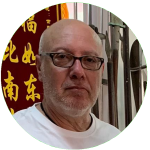
When looking for an example of a Master of Martial Arts who has made serious and responsible practice his strong point, one can only look at Sifu Giuseppe Cucci. He is a Teacher of great value and a Man of extraordinary moral upliftment. His principles reside not only in the words he speaks, but also in his heart; he possesses those authentic values that enable him to pass on to his students the teachings imprinted on a correct way of life, as well as the precise and feared techniques of Hung Gar Kung Fu.
In a martial landscape where many invent titles and degrees, examples like Sifu Cucci are a motivation to keep believing in the authentic practice of martial disciplines. No rhetoric, as I have known him for many years* and I can say for certain that his martial arts teaching and his lifestyle are a perfect match. Both are based on seriousness and fairness. Sifu Cucci embodies the classic “sacred fire” of Kung Fu, the one that pushes him to strive, to fight persistently, to suffer, to travel, always with the goal of getting better and better. (Raphael Burgos)

